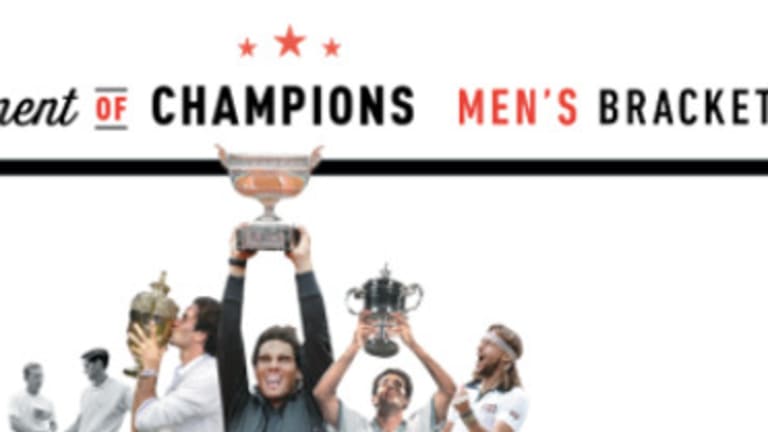Wondering what the Tournament of Champions is, and how we got here? Read more about our 50th Anniversary Celebration and get caught up on all the matches so far.
The careers of these two champions point out how difficult it is to compare tennis players across generations. Federer’s claim to greatness rests first and foremost with his men’s-record 17 Grand Slam titles. But how do you stack those wins up against Rosewall’s eight majors, when the little Aussie was banned from playing them for his entire 12-year prime? While Federer and Rosewall come from different eras, each was praised as a tennis virtuoso and contrasted with the one-dimensional opponents of his day.
“In the bang-bang power game era he was an artist, and it continues to be a joy to see him operate.” Those words could be written about Federer today, but they were actually said of Rosewall by a sportswriter in the 1960s. Each brings a complete game to the court. Federer, who is six inches taller and has spent most of his career at the baseline, has the advantage when it comes to the serve and forehand. Rosewall has the edge from the backhand side—his hard-slice one-hander may have been the best ever—and he makes up for his lack of serving power with speed and anticipation.
“The match starts out as a ball-striking contest,” coach and ESPN commentator Darren Cahill imagines, “and Roger quickly realizes he’s in trouble” as Rosewall uses his pace to keep him pinned to the baseline. But in Cahill’s scenario, “Roger starts to work the ball with heavy spin above the shoulder of the Aussie. The change of tactic works.”
